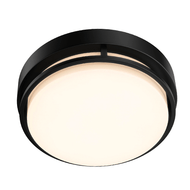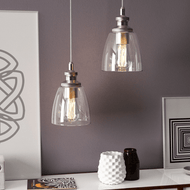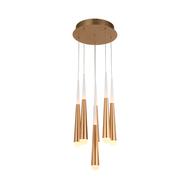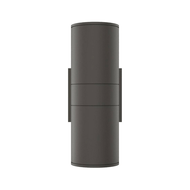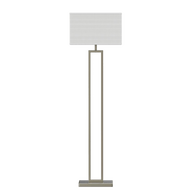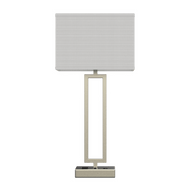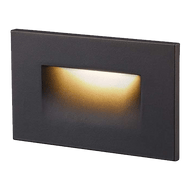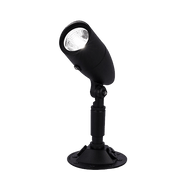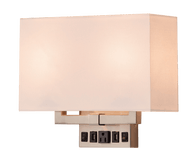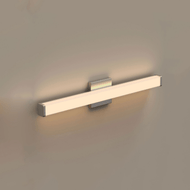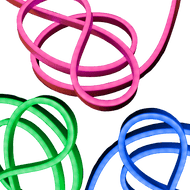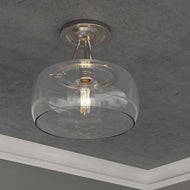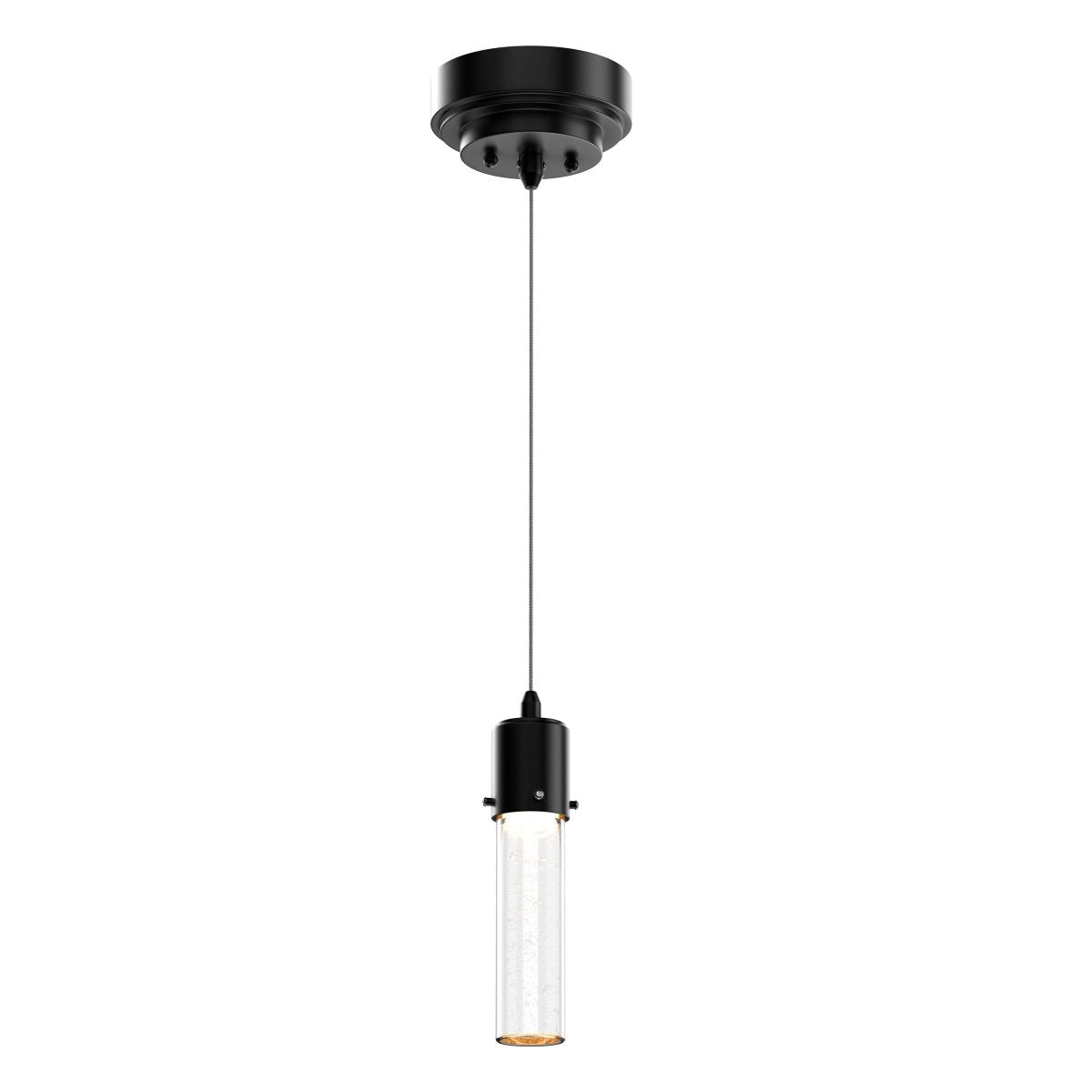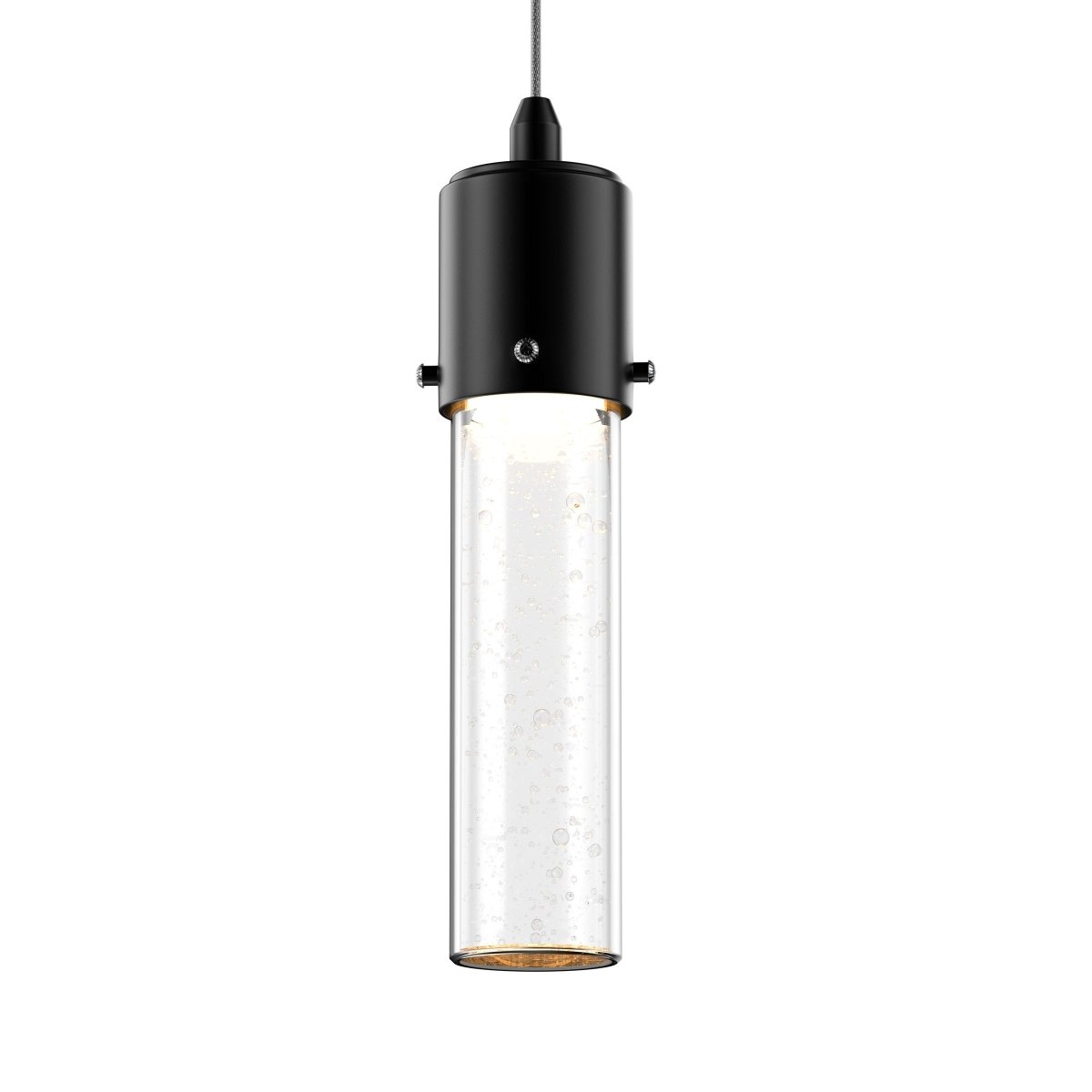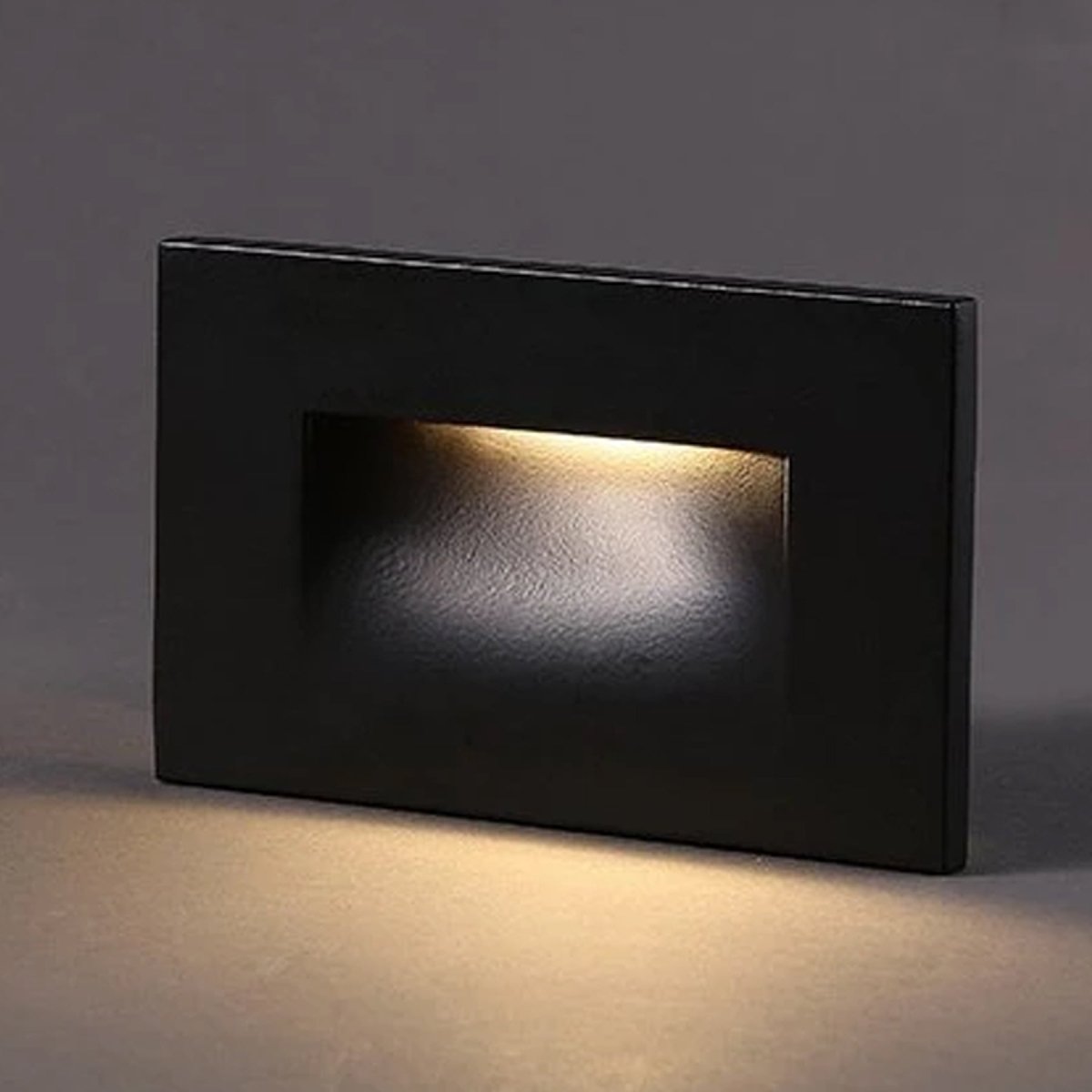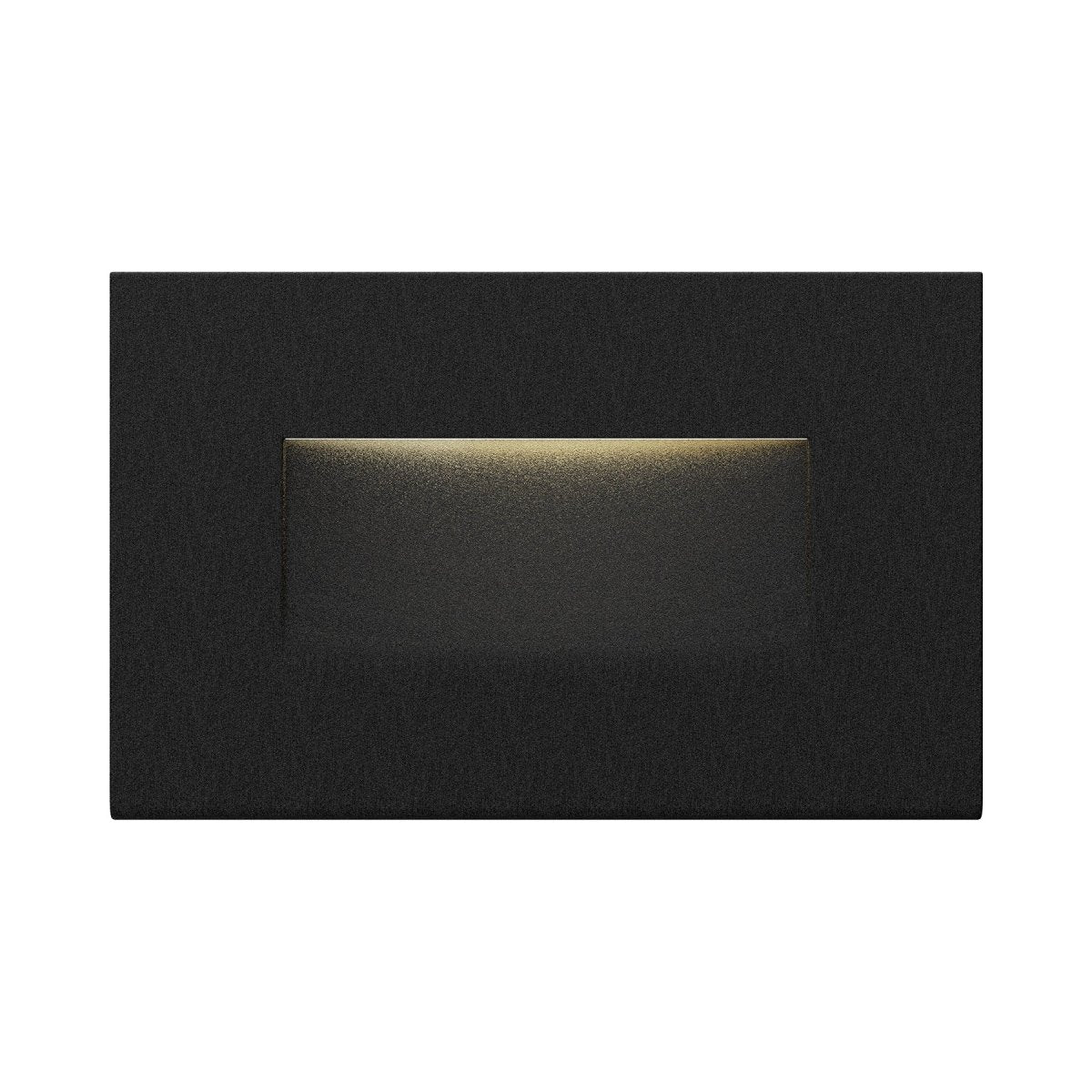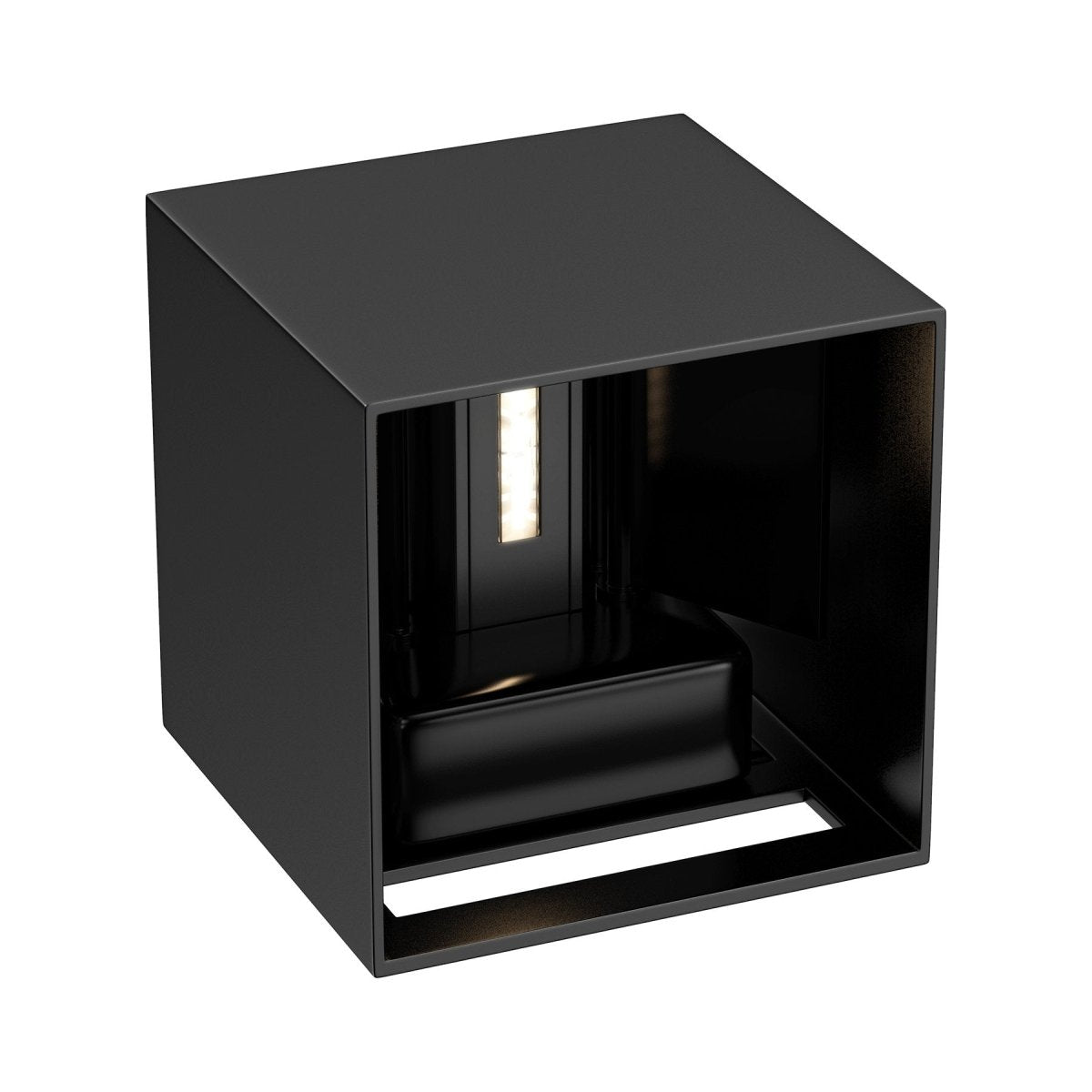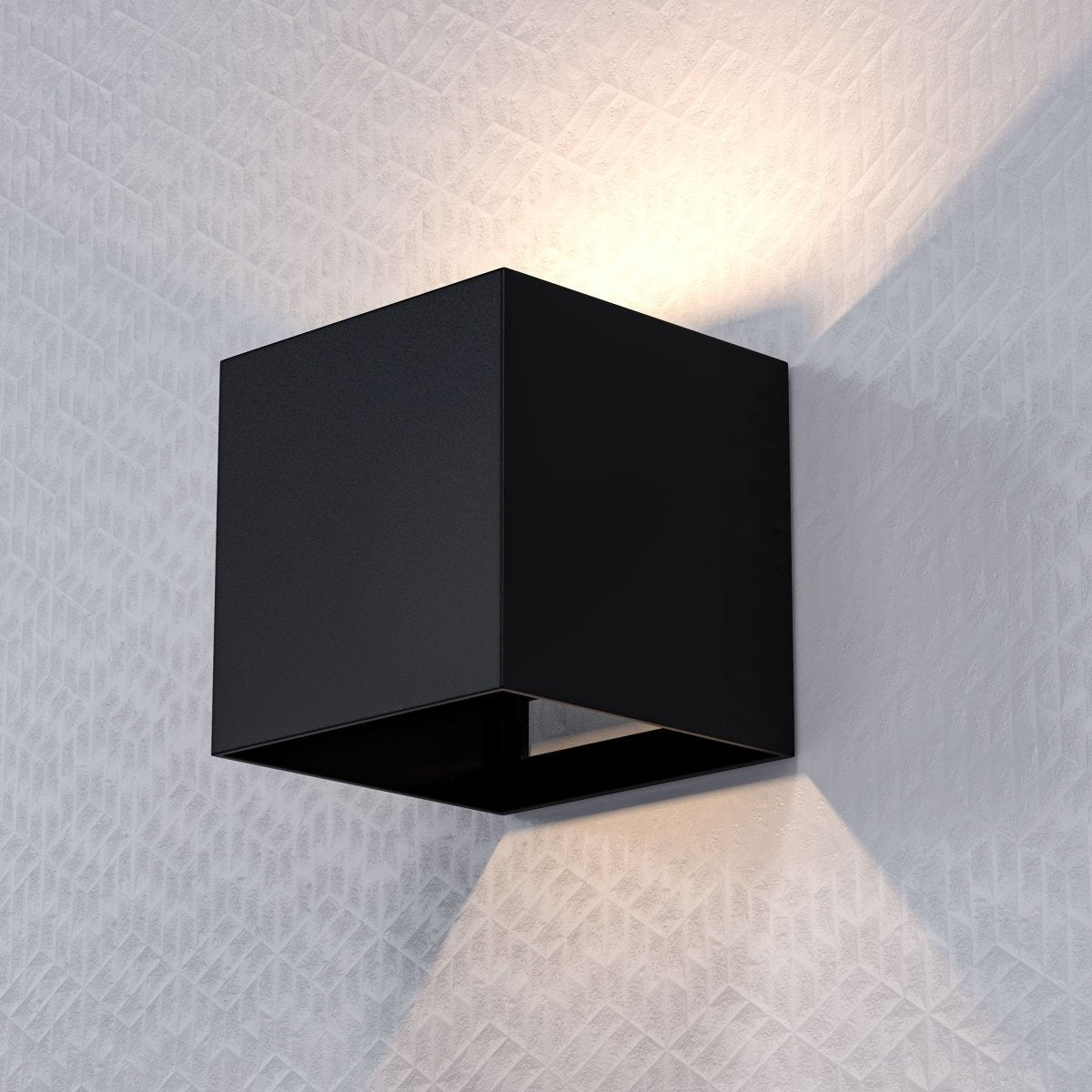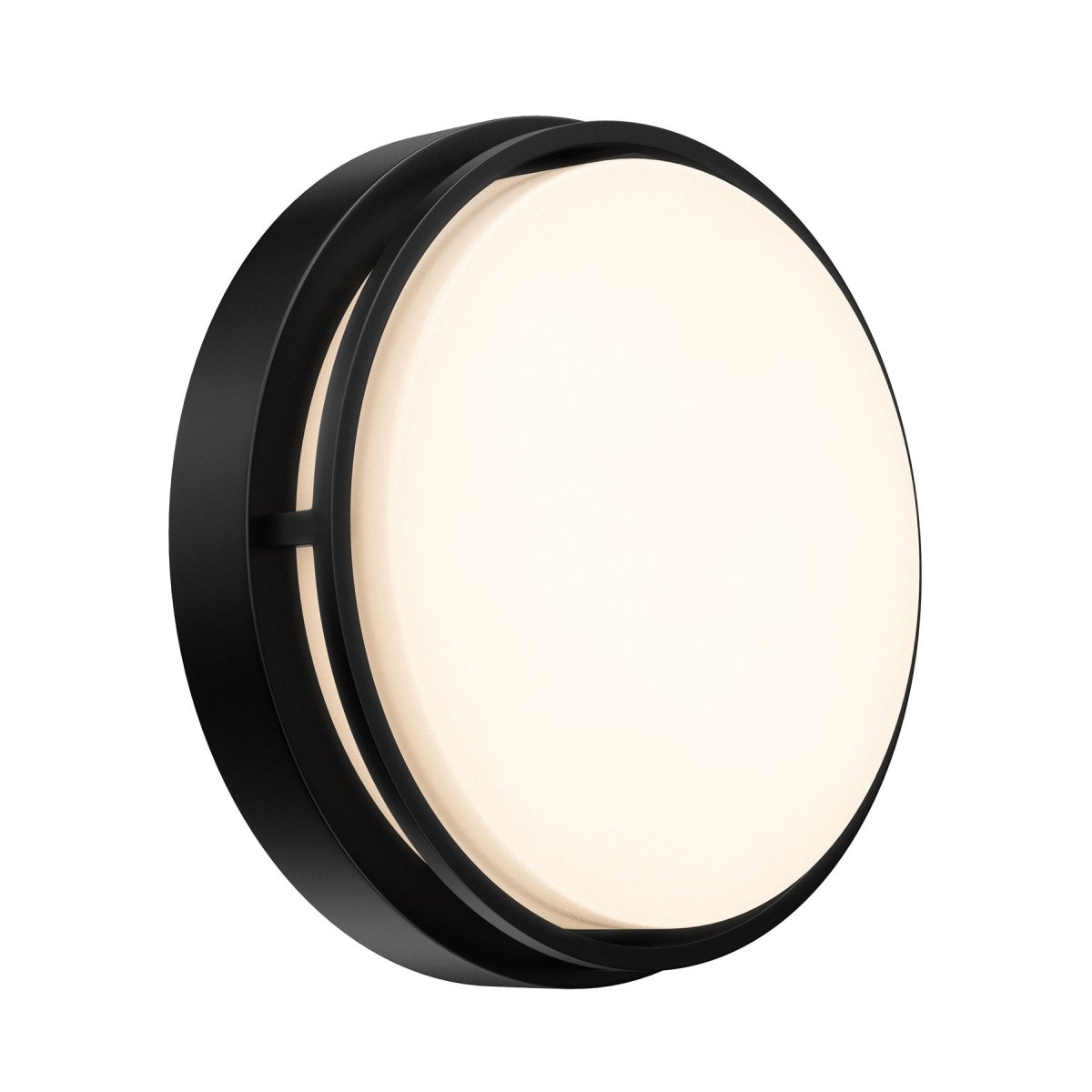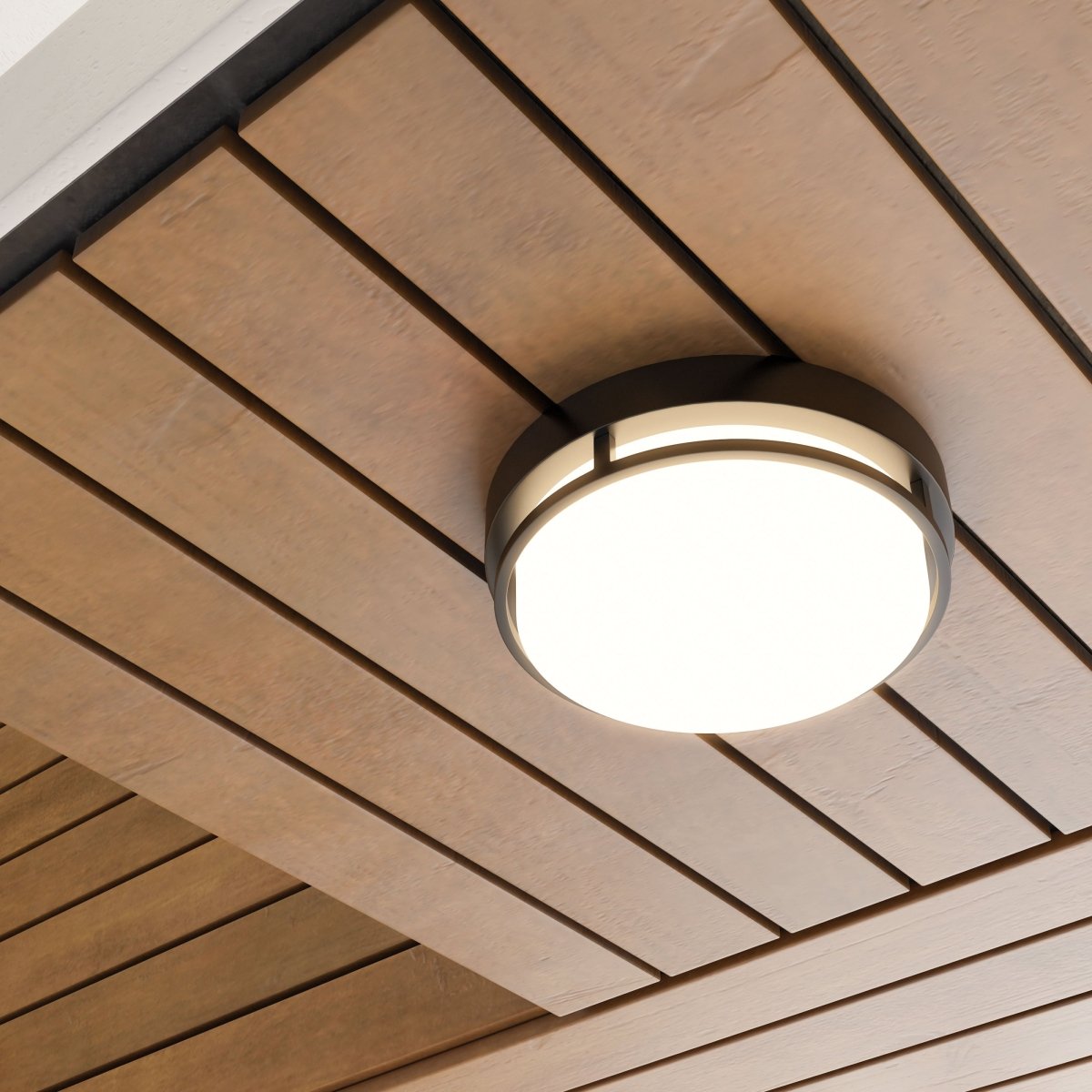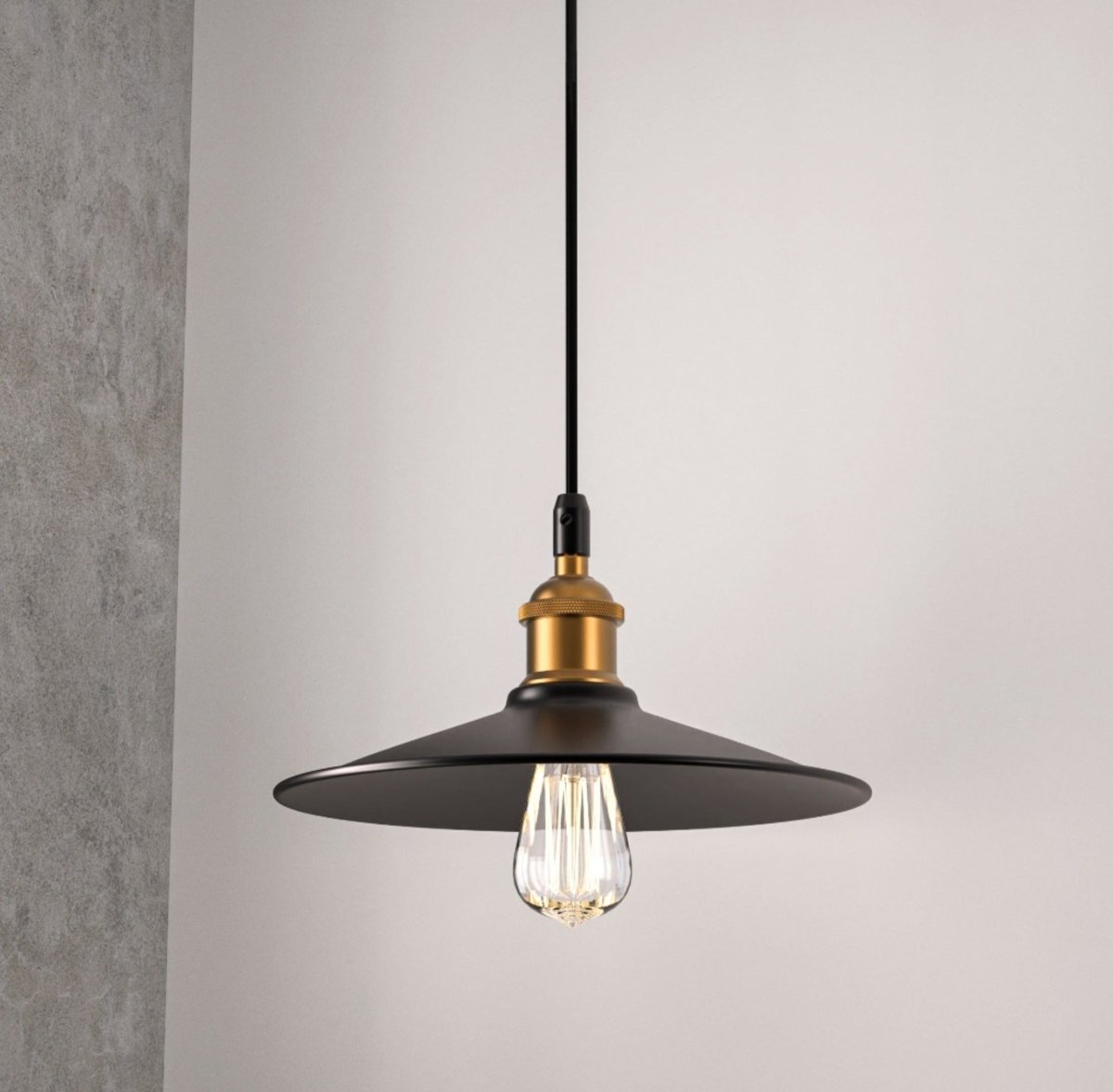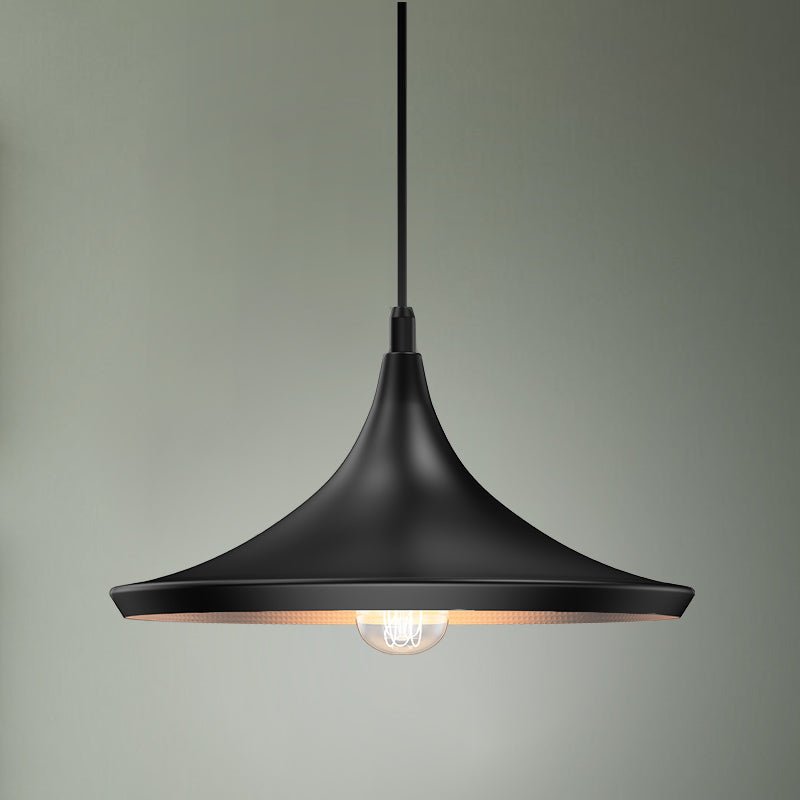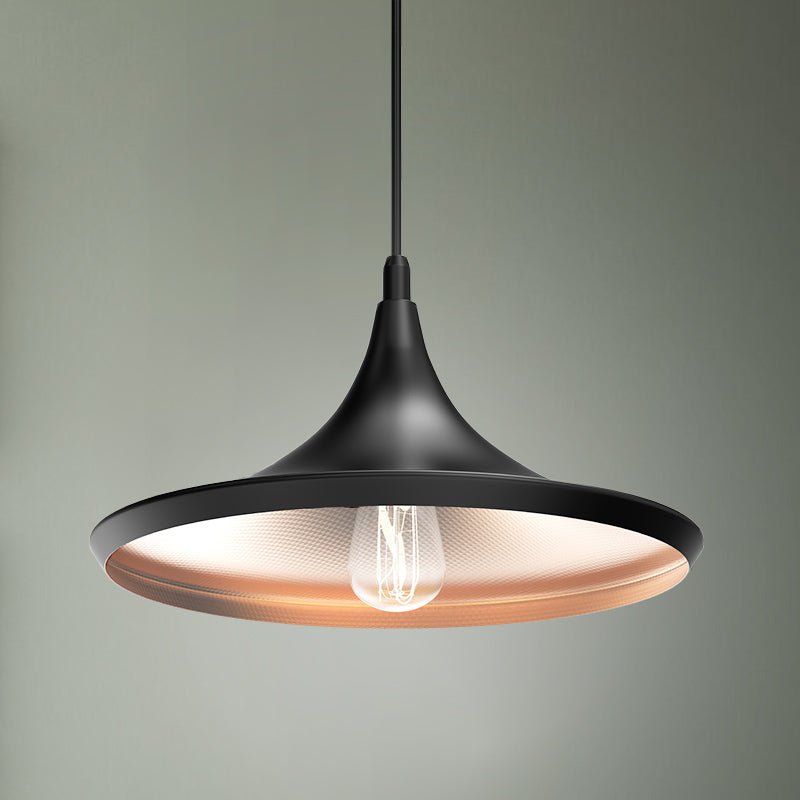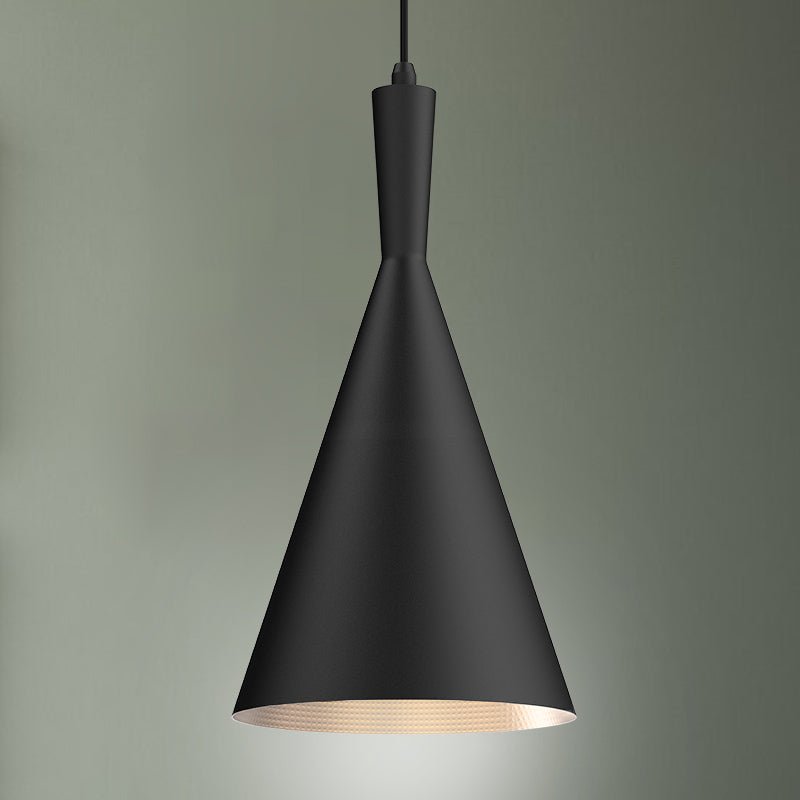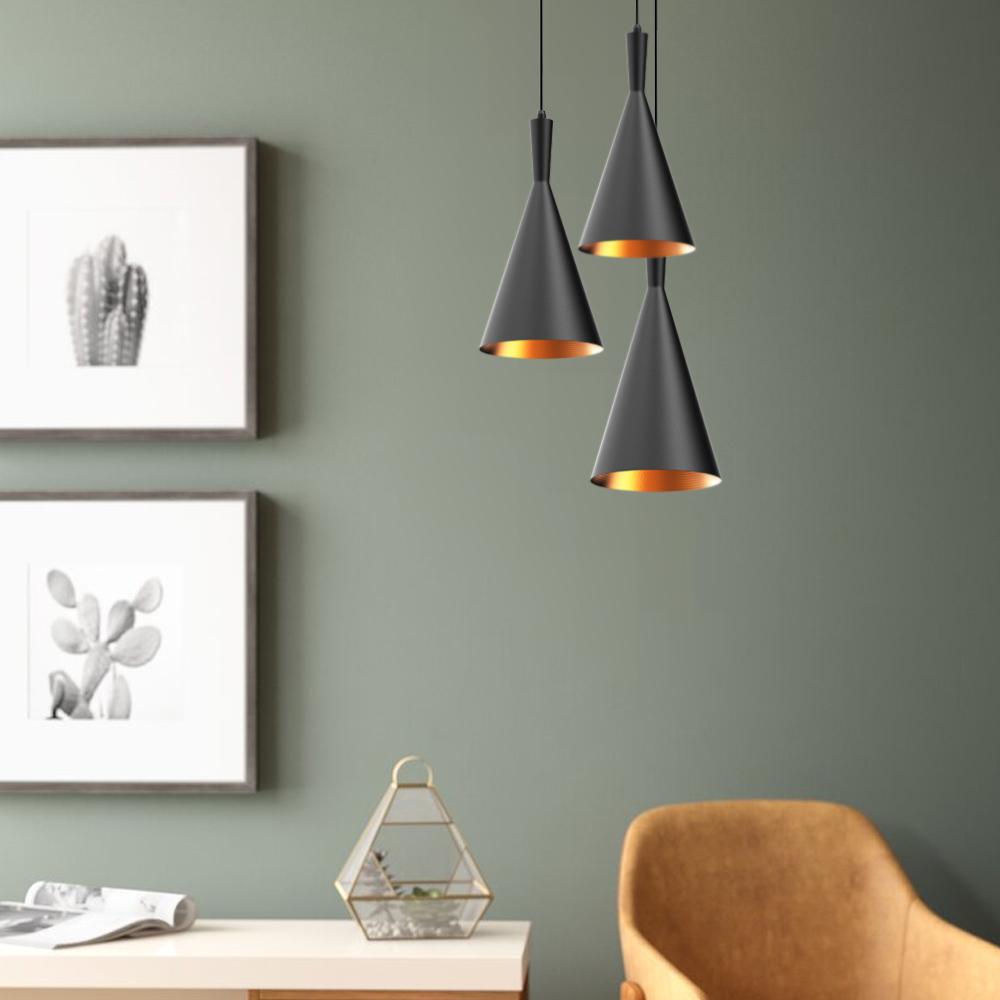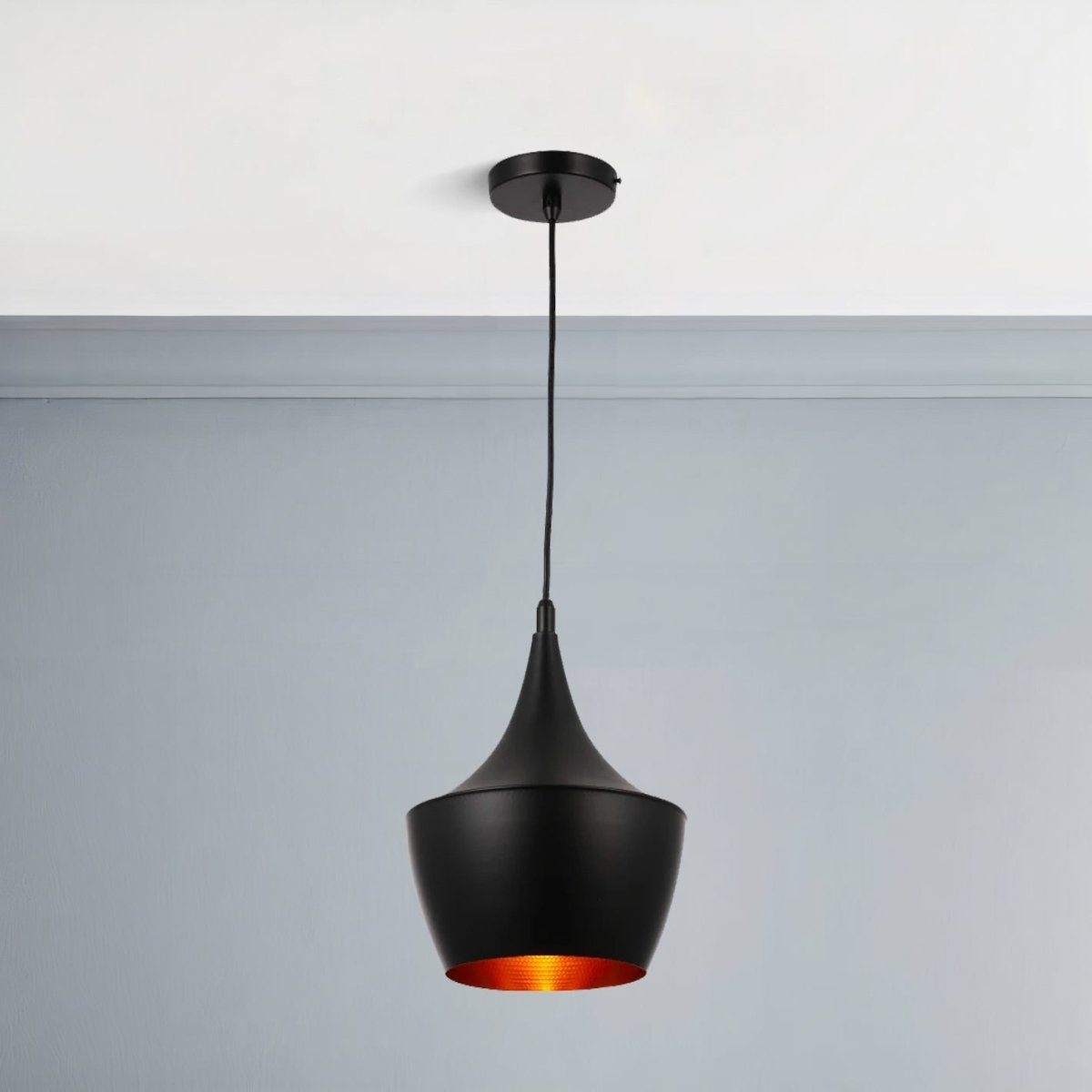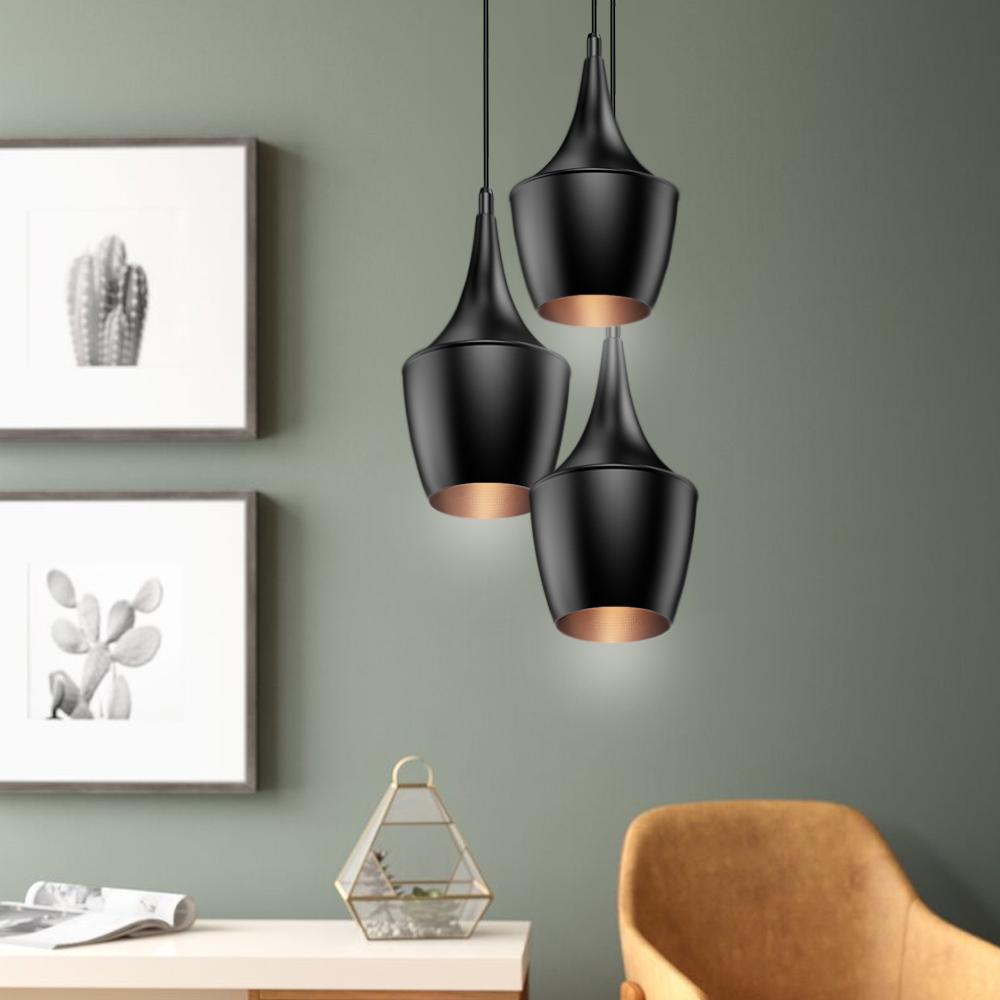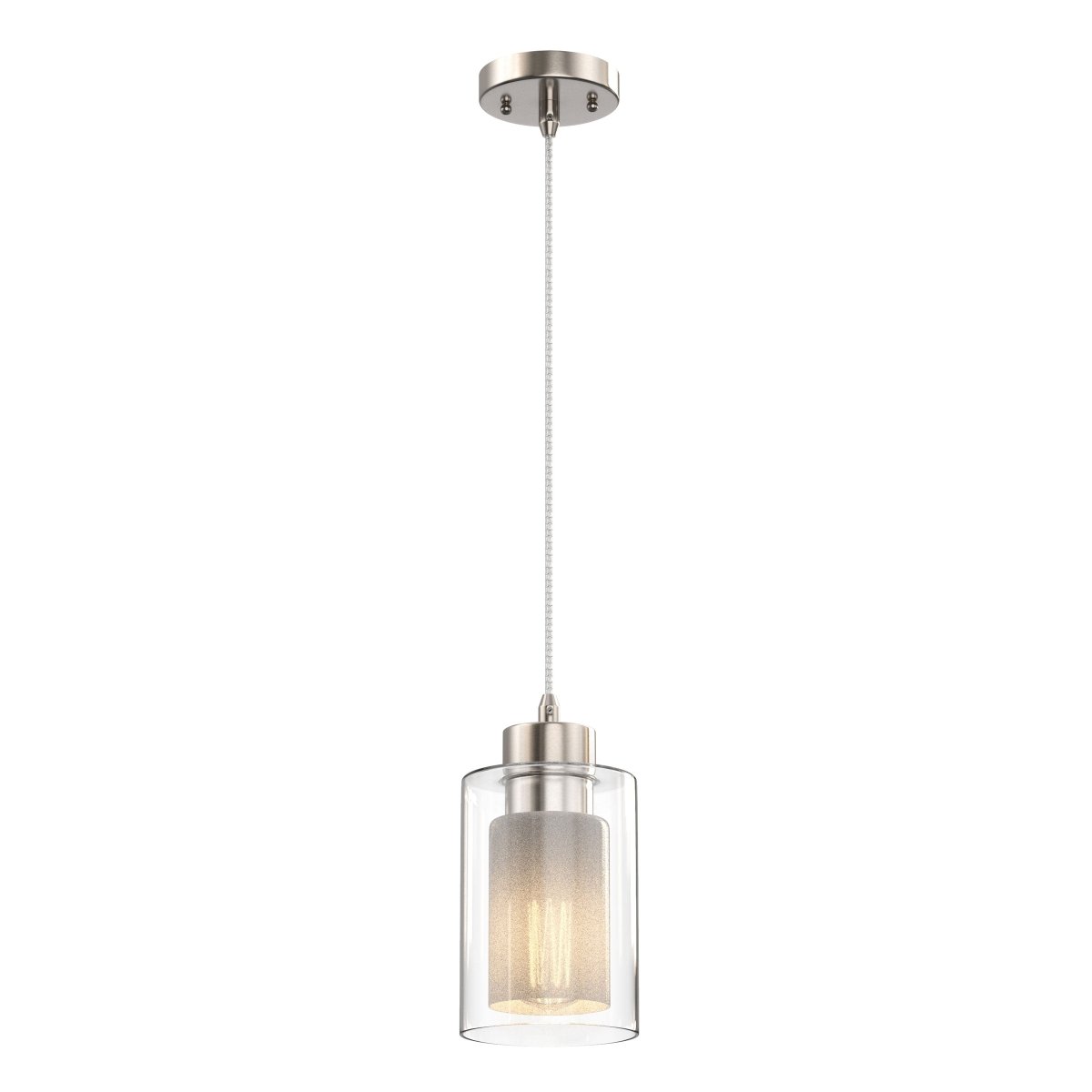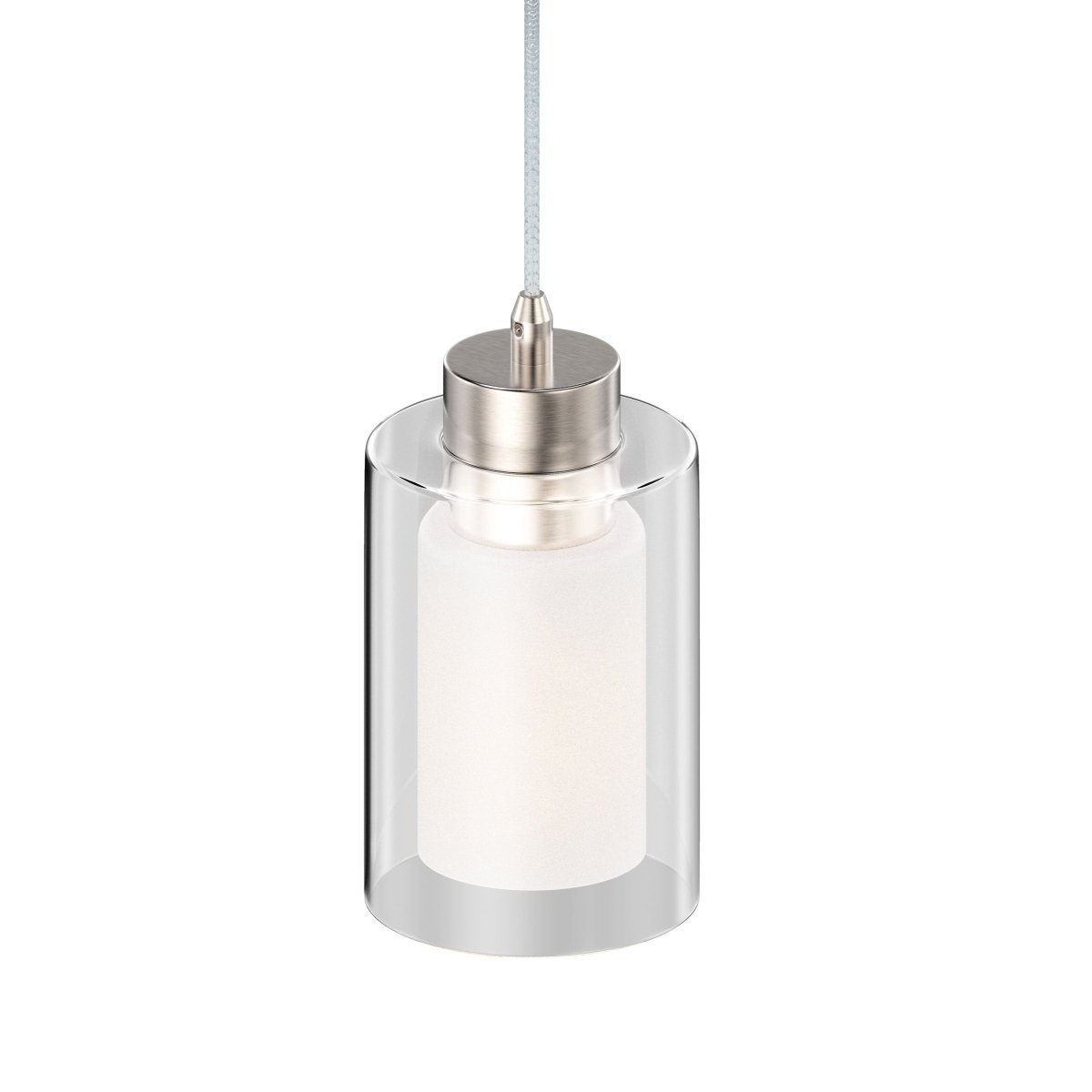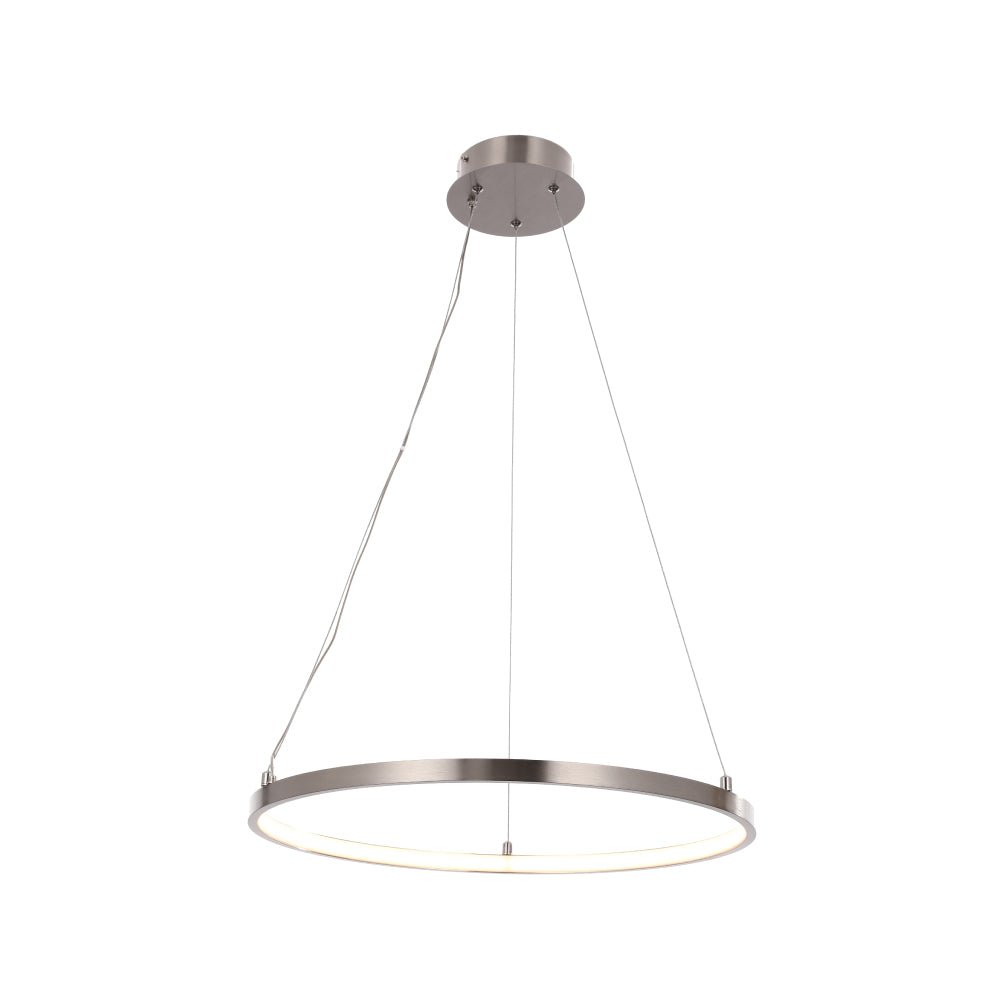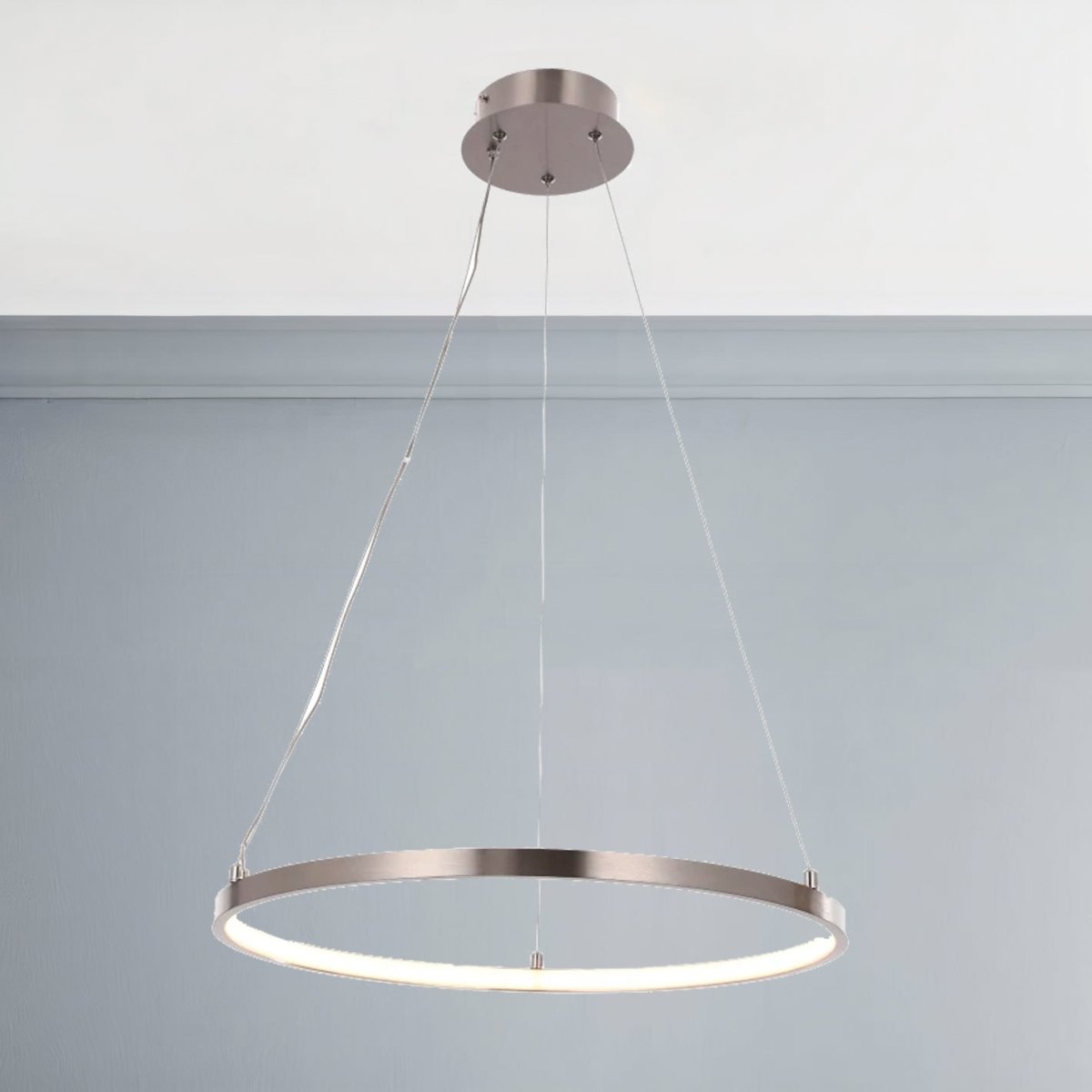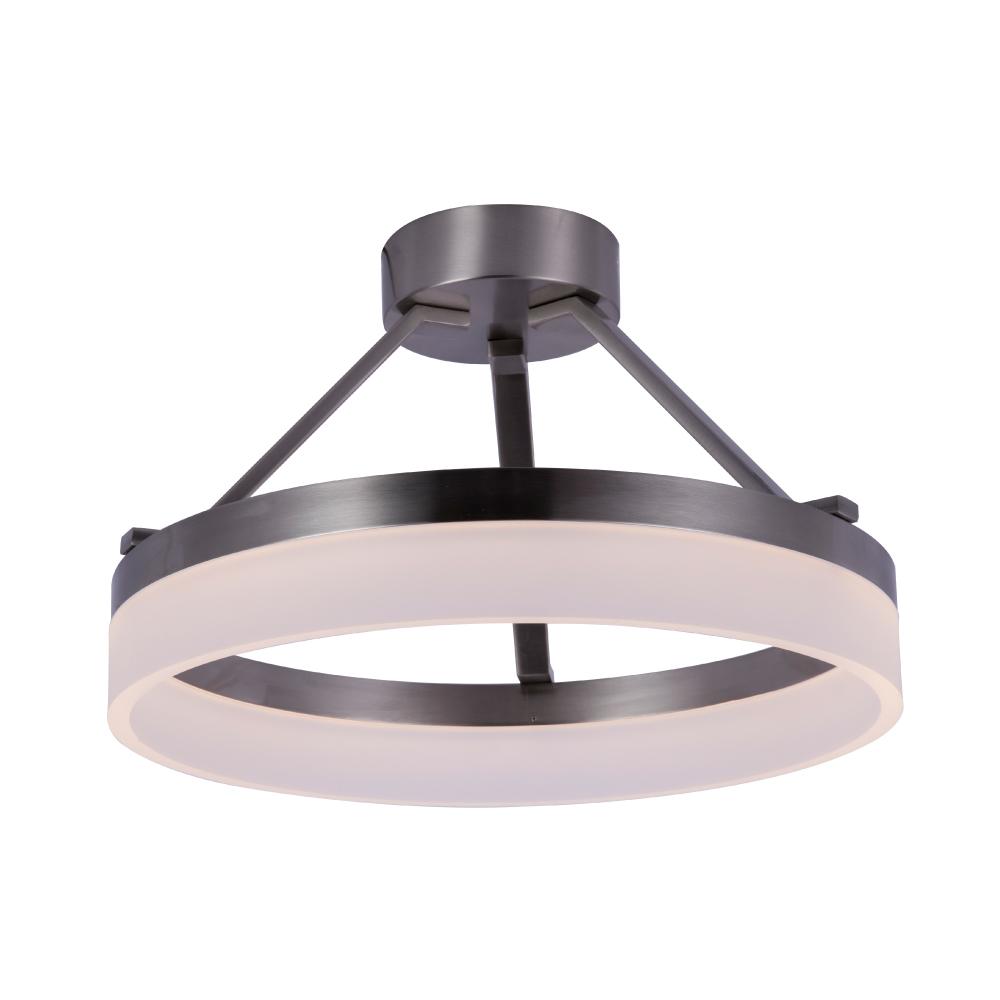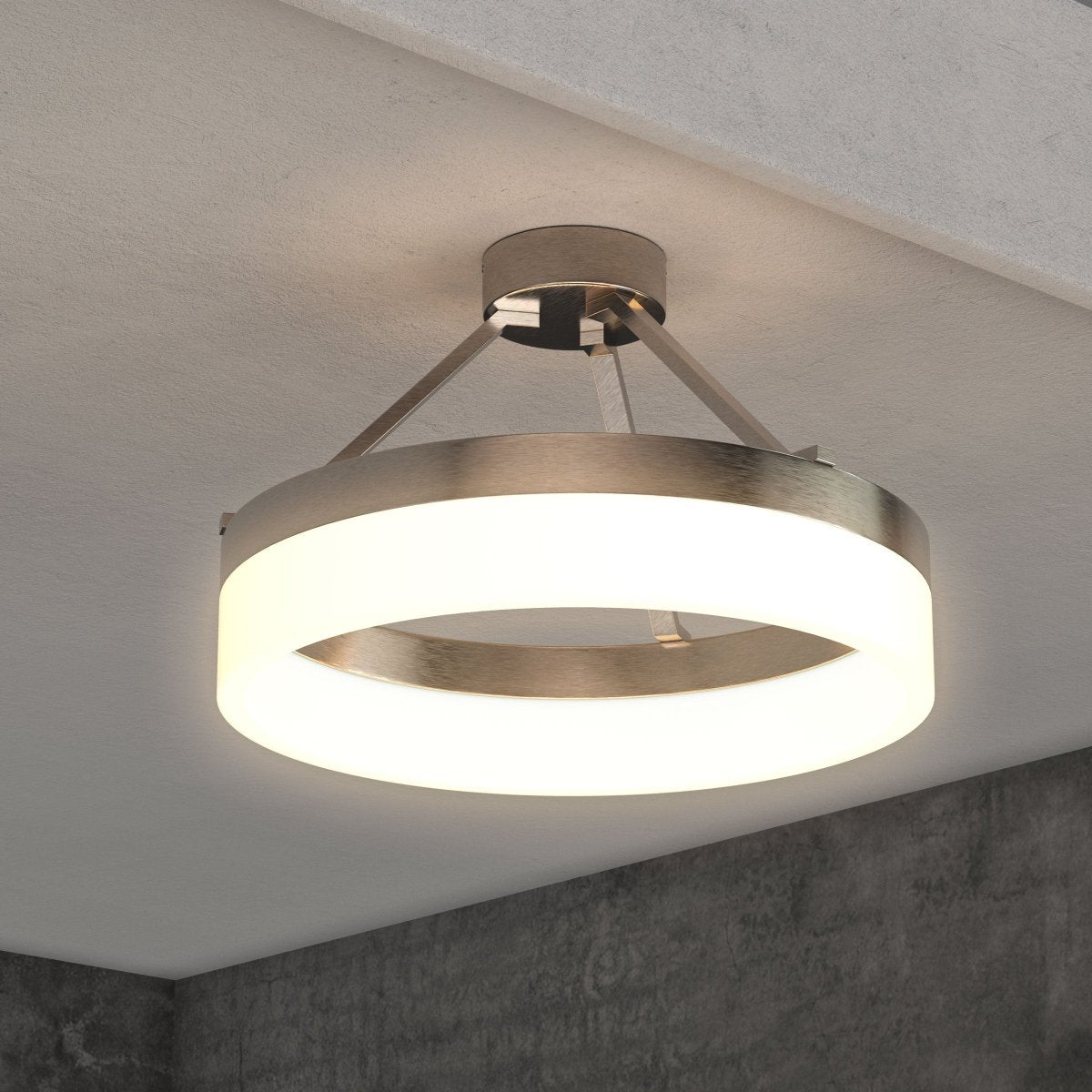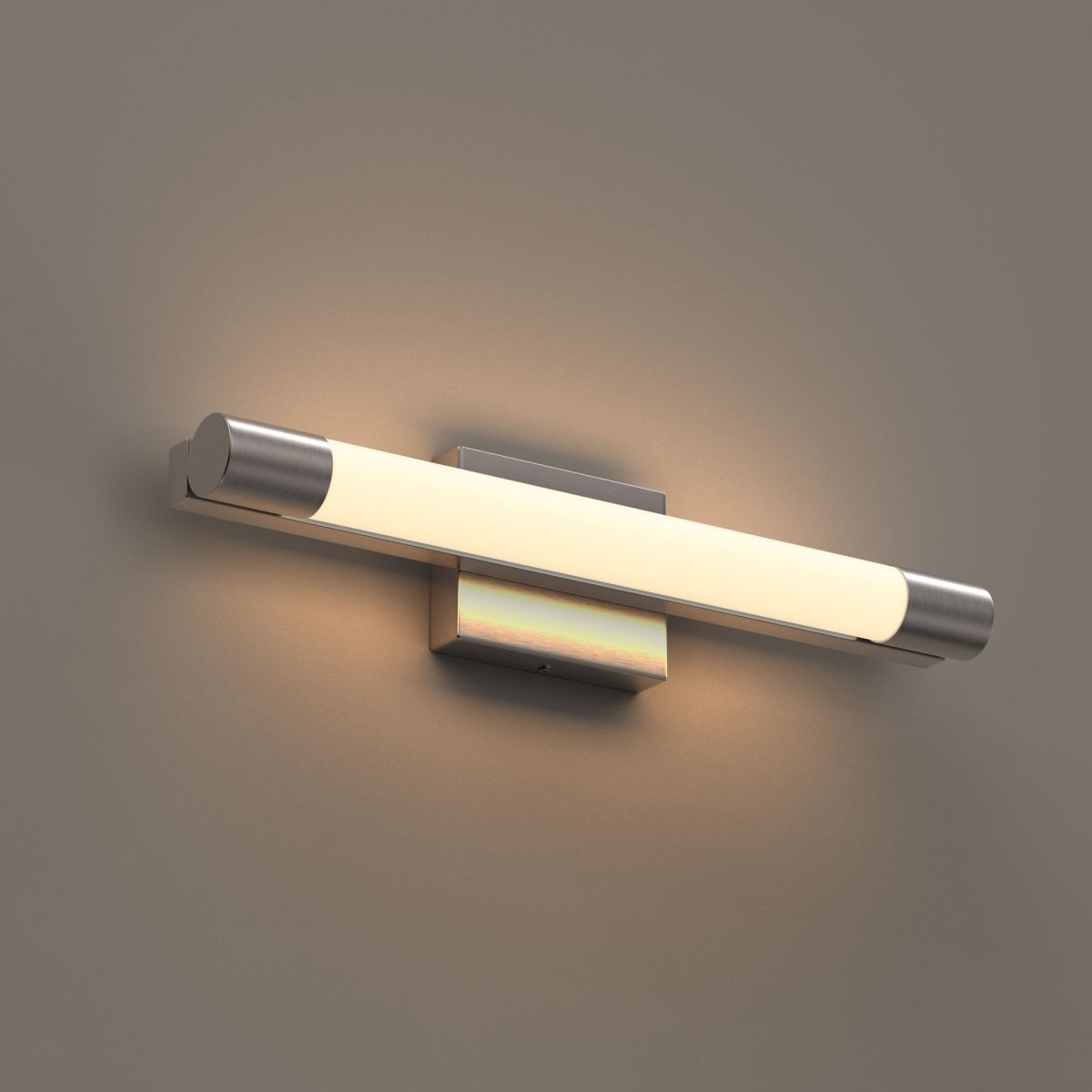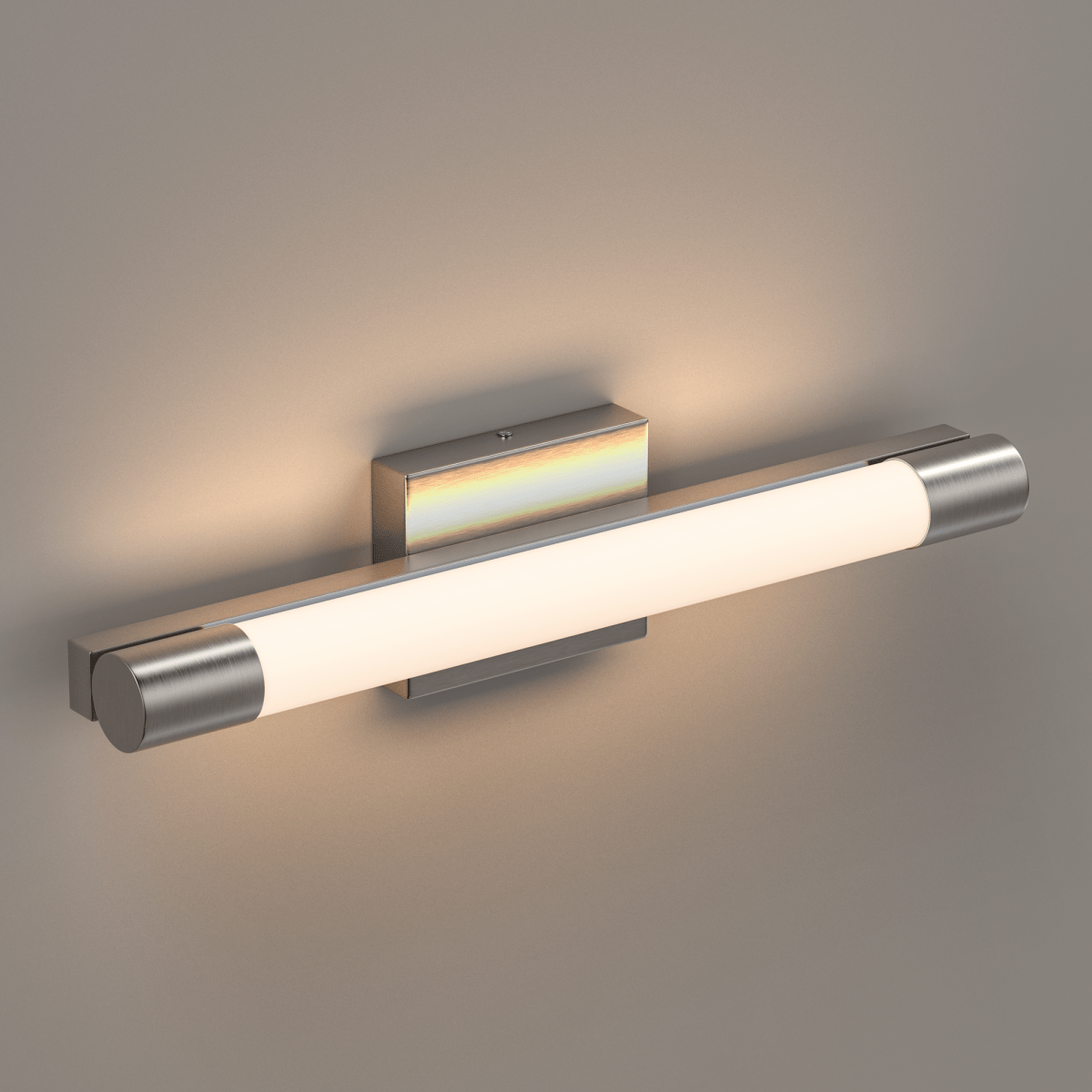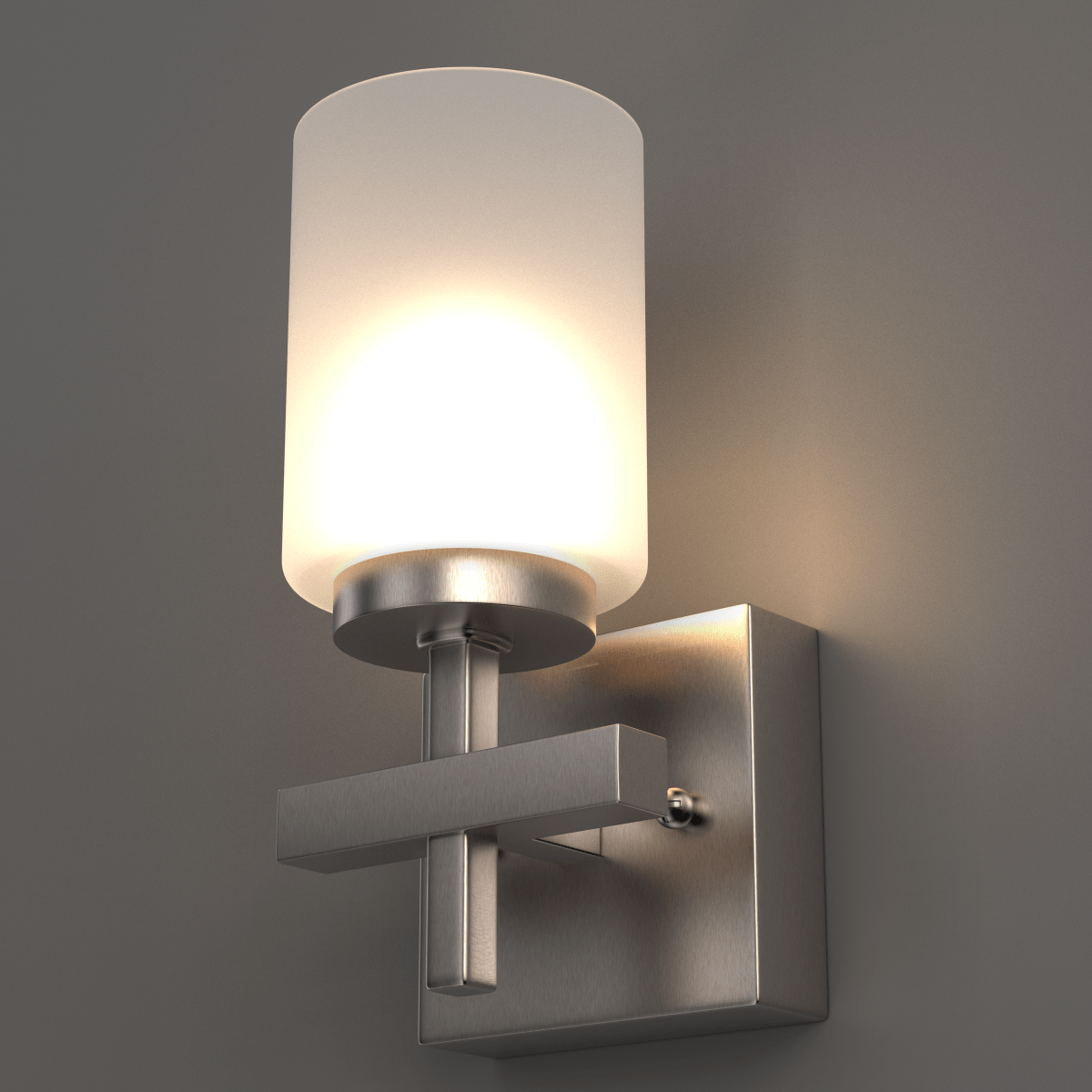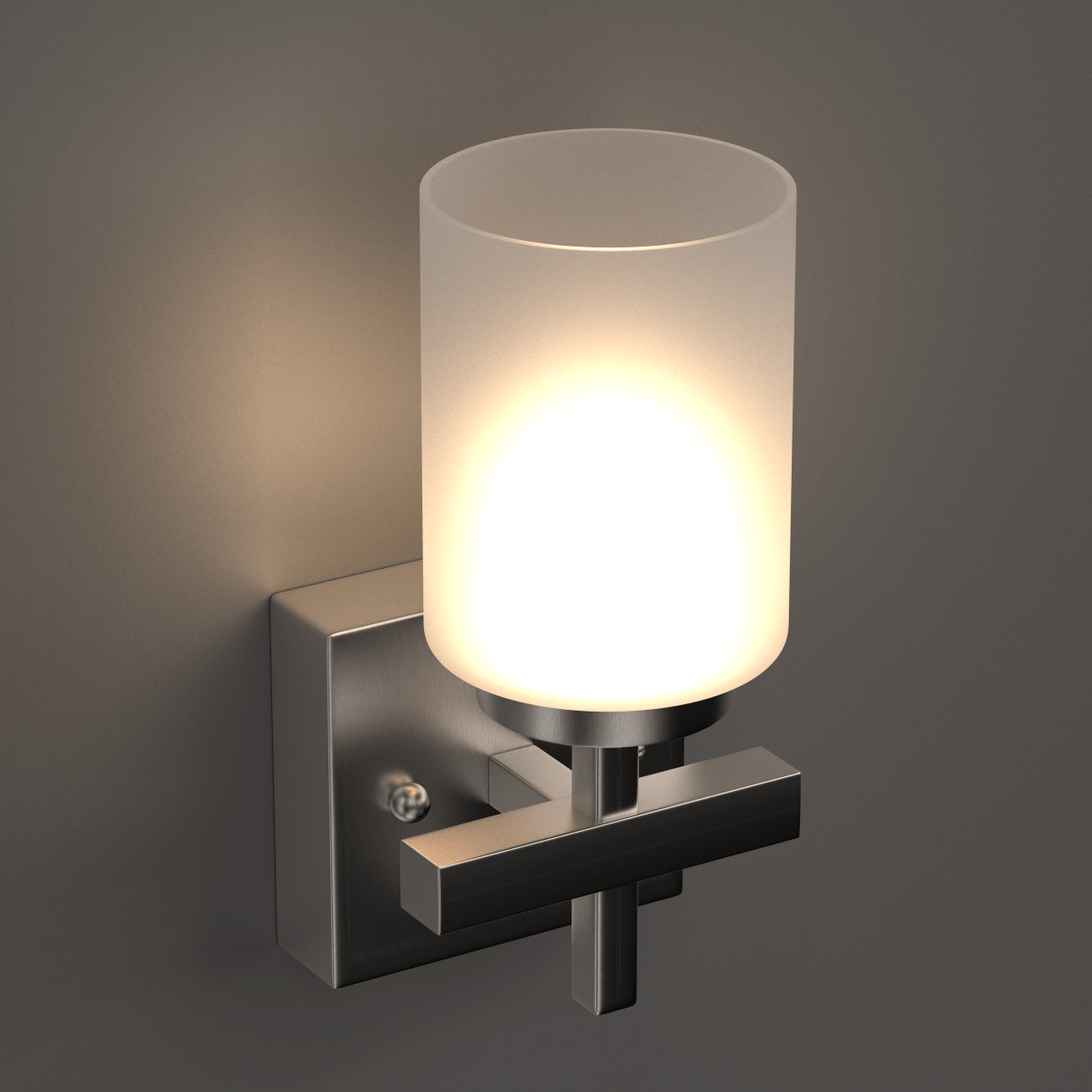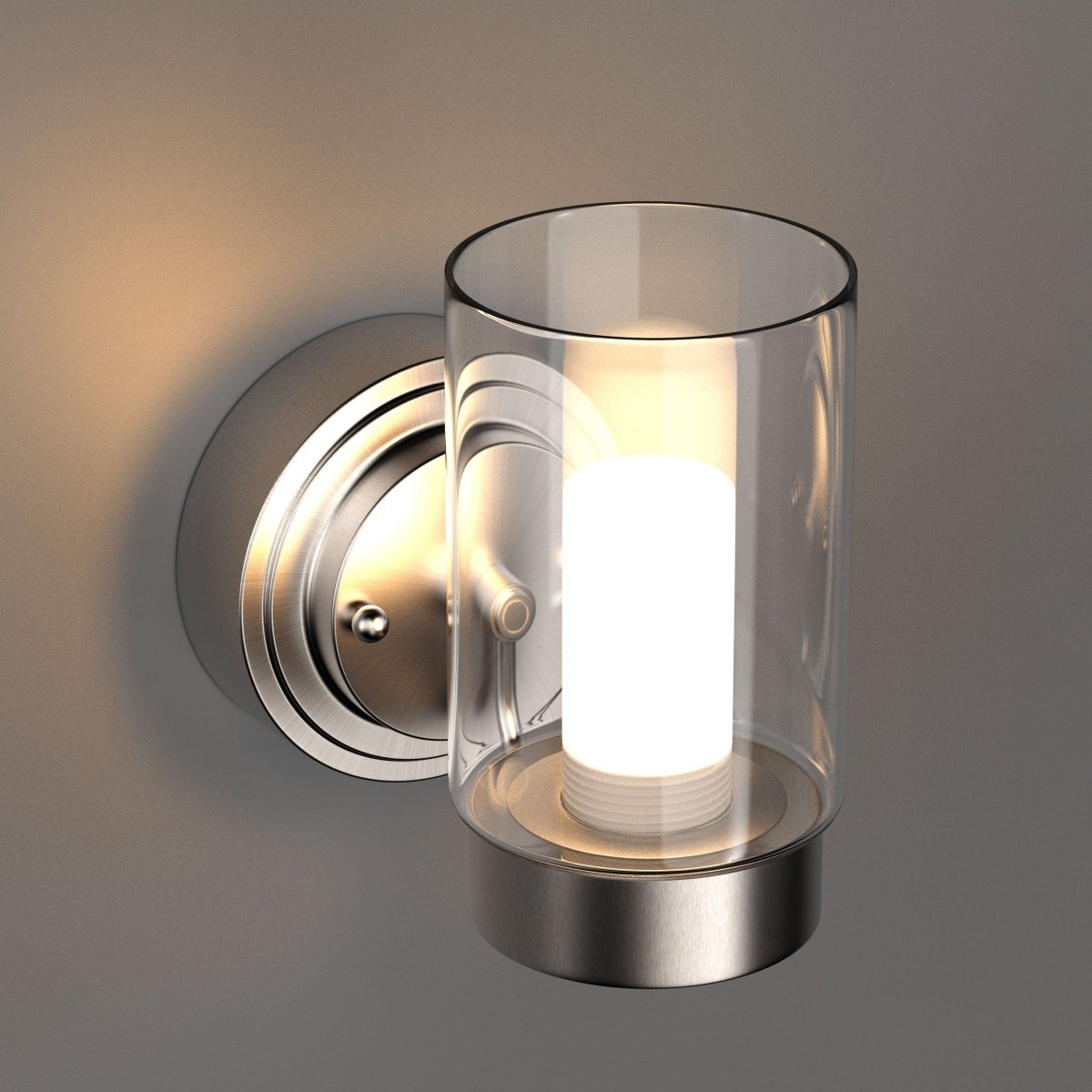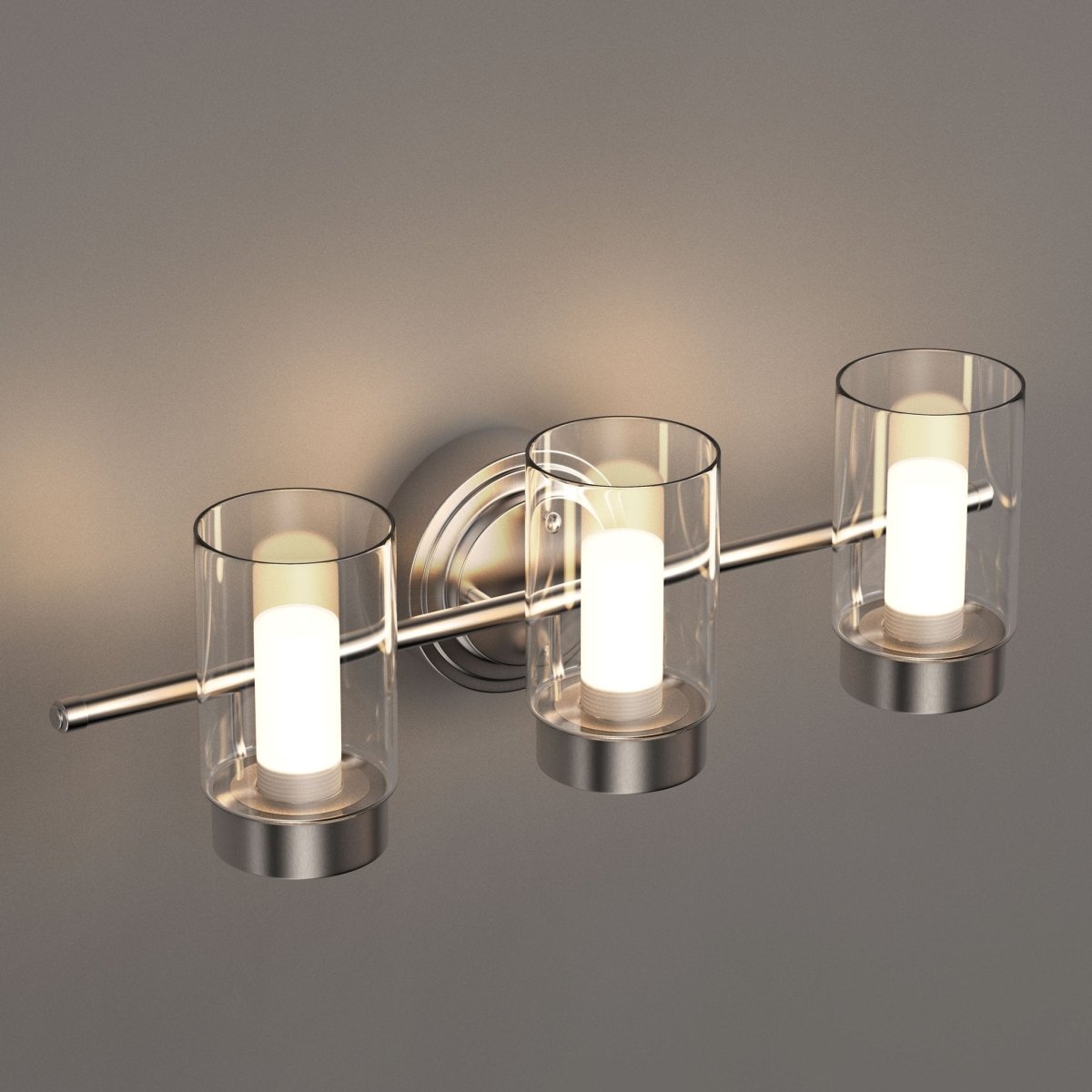Filter and sort
Decorative Lighting
Enhance the beauty of your decor with the most suitable decorative lighting options. We have several types of decorative ceiling/wall light fixtures, such as flush mount lights, pendant lights, up and down lights, floor lamp, LED step light, rope lights, etcetera. The lights will bring life to your boring indoors and outdoors. Plus, they are suitable for both residential and commercial locations. Find yourself a graceful Decorative Lighting Fixture available with the most efficient features. We have lights for indoor and outdoor spaces that are damp location suitable, CCT tunable, dimmable, CCT changeable, and longer lifespan.
-
FREE SHIPPING on orders over $99
- MPN: RS029
- Warranty: 5 years
Brightness: 400 LumensWattage: 8 WattCCT: 3000K (Warm White)Life Hours: 50,000 Hours$56.99 $116.99Save $60.00 (52%)FREE SHIPPING on orders over $99- MPN: RS024
- Warranty: 3 Years
Brightness: 120 LumensWattage: 3 WattCCT: 3000K (Warm White)Life Hours: 50,000 Hours$42.99 $104.99Save $62.00 (60%)FREE SHIPPING on orders over $99- MPN: RS006
- Warranty: 3 Years
Brightness: 500 LumensWattage: 9 WattCCT: 3000K (Warm White)Life Hours: 50,000 Hours$45.99 $103.99Save $58.00 (56%)FREE SHIPPING on orders over $99- MPN: RS003
- Warranty: 3 Years
Brightness: 1200 LumensWattage: 20 WattLife Hours: 50,000 Hours$53.99 $142.99Save $89.00 (63%)FREE SHIPPING on orders over $99- MPN: HS048
- Warranty: 5 years
Brightness: 966 LumensWattage: 35WCCT: 3000K-6500K (CCT Changeable)Life Hours: 50,000 Hours$481.99 $1,241.99Save $760.00 (62%)FREE SHIPPING on orders over $99- MPN: RS042
- Warranty: 5 years
Wattage: 60W (Bulb Not Included)$35.99 $72.99Save $37.00 (51%)FREE SHIPPING on orders over $99- MPN: RS039
- Warranty: 5 years
Wattage: 60W (Bulb Not Included)$64.99 $132.99Save $68.00 (52%)FREE SHIPPING on orders over $99- MPN: RS037
- Warranty: 5 years
Wattage: 60W (Bulb Not Included)$43.99 $93.99Save $50.00 (54%)FREE SHIPPING on orders over $99- MPN: RS038
- Warranty: 5 years
Wattage: 60W (Bulb Not Included)$90.99 $205.99Save $115.00 (56%)FREE SHIPPING on orders over $99- MPN: RS032
- Warranty: 5 years
Brightness: 500 LumensWattage: 8 WattCCT: 4000K (Cool White)Life Hours: 50,000 Hours$70.99 $143.99Save $73.00 (51%)FREE SHIPPING on orders over $99- MPN: RS030
- Warranty: 5 years
Brightness: 2900 LumensWattage: 30 WattCCT: 3000K (Warm White)Life Hours: 50,000 Hours$142.99 $332.99Save $190.00 (58%)FREE SHIPPING on orders over $99- MPN: RS028
- Warranty: 5 years
Brightness: 2000 LumensWattage: 35 WattCCT: 3000K (Warm White)Life Hours: 50,000 Hours$167.99 $370.99Save $203.00 (55%)FREE SHIPPING on orders over $99- MPN: RS027
- Warranty: 3 Years
Brightness: 1450 LumensWattage: 25 WattCCT: 3000K (Warm White)Life Hours: 50,000 Hours$123.99 $324.99Save $201.00 (62%)FREE SHIPPING on orders over $99- MPN: RS013
- Warranty: 3 Years
Brightness: 18.5 Inch (1100 Lumens) and 27.5 Inch (1500 Lumens)Wattage: 18.5 Inch (20 Watt) and 27.5 Inch (23 Watt)CCT: 4000K (Cool White)Life Hours: 50,000 Hours$81.99 $166.99Save $85.00 (51%)FREE SHIPPING on orders over $99- MPN: RS012
- Warranty: 3 Years
Brightness: 1-Light (550 Lumens), 3-Lights (1600 Lumens) and 4-Lights (2100 Lumens)Wattage: 1-Light (8 Watt), 3-Lights (25 Watt) and 4-Lights (30 Watt)CCT: 4000K (Cool White)Life Hours: 50,000 Hours$58.99 $119.99Save $61.00 (51%)FREE SHIPPING on orders over $99- MPN: RS011
- Warranty: 3 Years
Brightness: 1-Light (550 Lumens), 3-Lights (1600 Lumens) and 4-Lights (2100 Lumens)Wattage: 1-Light (8 Watt), 3-Lights (25 Watt) and 4-Lights (30 Watt)CCT: 4000K (Cool White)Life Hours: 50,000 Hours$50.99 $104.99Save $54.00 (52%)About Decorative Lighting
Decorative Lighting refers to lighting fixtures and elements specifically designed to add aesthetic appeal, ambiance, and decorative value to indoor and outdoor spaces. Unlike functional lighting which primarily serves practical purposes, decor lights focus on enhancing the visual appeal and atmosphere of a room or area.
From chandeliers and pendant lights to wall sconces and table lamps, decor lights can enhance the general aesthetic of your residential or commercial areas. Ornamental Lighting adds a hint of elegance and ambiance to any space. They serve as functional lighting sources and create beautiful focal points by forming a warm and inviting atmosphere.
What Benefits Does Decorative Lighting Offer?
Decorative lighting can enhance any area's elegance, style and practicality. Highlighted are several of the primary benefits of utilizing decorative lighting:-
- Aesthetic Appeal = Enhancing the appearance, establishing atmosphere, and showcasing architectural features.
- Functional Benefits = Include task lighting, mood lighting, and safety.
- Energy Efficiency = A lot of contemporary decorative light fixtures utilize energy-saving LED Lights, helping reduce your energy costs.
- Versatility = Means it comes in various styles and can be personalized as well.
What Is Best Way To Choose Right Size Of Decorative Lighting For Residential/Commercial Spaces?
Selecting the ideal size of Decorative lighting for homes and businesses involves carefully analyzing various factors:-
1. Dimensions Of Room Or Space:-
- Larger Spaces = To achieve a harmonious and striking appearance, utilize larger fixtures in bigger rooms or spaces. Chandeliers, big hanging lamps, or wide wall sconces are appropriate options.
- Smaller Spaces = Choose smaller fixtures, like pendant lights, sconces or recessed lighting to prevent room from feeling crowded.
2. Height Of Ceiling:-
- High Ceilings = Tall ceilings can support bigger fixtures, like chandeliers or lengthy pendant lights.
- Lower Ceilings = To prevent a confined atmosphere, select smaller fixtures for lower ceilings. Wall sconces, recessed lighting, or small pendant lights are all suitable choices.
3. Intended Lighting Outcome:-
- Ambient Lighting = For general lighting think about using bigger lights such as chandeliers or recessed lighting for ambient illumination.
- Accent lighting = This involves using smaller fixtures such as LED wall sconces or track lighting to emphasize particular areas or features.
- Task Lighting = Select fixtures that can be aimed at areas like Lighted vanity lights or desk lamps for concentrated illumination.
4. Design And Decoration:-
- Traditional = Consider using classic chandeliers or elaborate sconces for a conventional look.
- Modern = Choose modern and minimalistic fixtures like pendant lights or recessed lighting for contemporary areas.
- Rustic = For a rustic environment, Opt for fixtures crafted from natural materials and cozy finishes like wood or wrought iron.
Function And Purpose Decor Lighting For Different Areas
Consider room size, ceiling height, desired effect, and overall style when choosing fixture:-
Residential Areas:-
- Living rooms = Combination of ambient and accent lighting.
- Bedrooms = Soft, diffused lighting for relaxation.
- Kitchens = LED Task lighting for countertops and ambient lighting for general illumination.
- Bathrooms = Combination of LED vanity lights and recessed lighting.
Commercial Areas:-
- Retail = Bright, inviting lighting to attract customers.
- Restaurants = Warm, cozy lighting for a welcoming atmosphere.
- Hotels = Luxurious and elegant lighting to create a memorable experience.
- Offices = Bright, functional lighting to improve productivity.
- Retail = Consider using accent lighting to highlight products.
Additional Tips:-
- Consider the size of the furniture and other items in the space. The size of fixtures should match the size of the space and what it contains.
- Think about the specific mood or atmosphere you aim to establish. Various types of LED lights can elicit different emotions and sensations.
- Feel free to try out various lighting setups without fear. Can continually change the position of fixtures or include or exclude them as necessary.
- Utilize a lighting calculator:- Online resources are available to assist in identifying the correct quantity and wattage of light fixtures needed.
- Get professional guidance:- Consult a lighting design specialist when dealing with intricate lighting tasks.
Understanding Light Color Temperature
Understanding light color temperature allows you to create a comfortable and functional environment in your home or business. Light color temperature, measured in Kelvin (K), determines how warm or cool a light appears. Higher Kelvin numbers produce cooler, bluer light, while lower numbers produce warmer, redder light.
Residential Areas Light Color Temperature:-
- Living Room = Warm white 2700K - 3000K for a cozy and inviting atmosphere.
- Bedroom = Soft white 2700K - 3000K for a comfortable and calming environment.
- Kitchen = Cool white 3500K - 4100K for a bright and energetic space.
- Bathroom = Warm white 2700K - 3000K for a relaxing ambiance, but cool white 3500K - 4100K near mirrors for better visibility.
- Dining Room = Warm white 2700K - 3000K for a welcoming atmosphere.
Commercial Areas Light Color Temperature:-
- Retail Shops = Cool white 3500K - 4100K to showcase products and create a vibrant atmosphere.
- Restaurant Areas = Warm white 2700K - 3000K for a cozy and inviting dining experience.
- Office Areas = Cool white 3500K - 4100K for improved productivity and focus.
- Hospital Areas = Neutral white 3500K - 4100K for a balanced and calming environment.
- Hotel Areas = Warm white 2700K - 3000K for a welcoming and comfy atmosphere.
Key Considerations:-
- Personal preference = Ultimately, the best light color temperature depends on personal preference.
- Task requirements = Different tasks may require different light color temperatures. For example, cool white light is better for works that require concentration, while warm white light is more relaxing.
- Room design = Consider the room's overall design and color scheme when choosing a light color temperature.
Frequently Asked Questions
1. What are the different types of decorative lighting fixtures available?
Ans. There are various types of decorative lighting fixtures, including:-
- Chandeliers = Elaborate hanging fixtures with multiple arms and often adorned with crystals or decorative elements.
- Pendant Lights = Single light fixtures suspended from the ceiling, available in various styles, sizes, and materials.
- Wall Sconces = Mounted on walls, these fixtures provide both decorative and functional lighting.
- Table Lamps = Portable lamps placed on tables or surfaces, available in various designs and sizes.
- Floor Lamps = Freestanding lamps that provide decorative illumination and can be easily moved around.
- String Lights = Strands of small bulbs are typically used for festive or decorative purposes.
- Fairy Lights = Delicate and whimsical string lights are often used to create a magical ambiance.
- Lanterns = Stylish and decorative lights are often used in outdoor spaces for a charming effect.
- Lamps with Patterned Shades = Lamps with decorative shades that create patterns and shadows when lit.
2. Can decorative lighting fixtures be used as the primary light source in a room?
Ans. In most cases, decorative lighting fixtures are not intended to be the primary light source in a room. They are often used as supplementary or accent lighting to add visual interest and ambiance. However, some decorative fixtures, like chandeliers or pendant lights with multiple bulbs, can provide sufficient illumination for smaller spaces when combined with other lighting sources.
3. Are decorative lighting fixtures energy-efficient?
Ans. The energy efficiency of decorative lighting fixtures can vary depending on the type of bulbs used and the fixture's design. LED bulbs are generally considered highly energy-efficient and are commonly used in decorative fixtures due to their low energy consumption and long lifespan. When selecting decorative lighting, consider opting for LED bulbs or fixtures labeled as energy-efficient to reduce energy consumption and lower electricity costs.
4. What is the difference between ambient light and decorative light?
Ans. Ambient lighting brings diffuse brightness to the whole room. Task lighting removes the shadows over the areas where you cook and eat. Decorative lighting shines a spotlight on any kitchen elements you want to highlight, like wall art or a unique architectural feature.
5. What are four different kinds of indoor lighting?
Ans. Primary categories include accent, ambient, decorative, and task lighting.
6. What are the current trends in lighting?
Ans. In 2024, the prevailing trends in residential lighting still focus on a minimalist and sleek style that highlights simplicity, functionality, and subtle beauty. Minimalist aesthetics typically include geometric forms, simple lines, and top-notch materials that bring sophistication and longevity.
7. What are three inquiries to consider when designing a lighting plan?
Ans. A few factors contribute to the overall project, including the project size, fixture quality, design rate, and incorporated technologies. Next is the time spent on labor for the installation and the expenses for any necessary materials to build support for the lighting column.
8. What consists of the four components of lighting design?
Ans. Let's analyze the four critical components of lighting: direction, quality, lighting ratio, and control. Every element plays a role in how lighting is perceived and should be considered during design.
9. What obstacles do lighting designers encounter?
Ans. Nonetheless, the field of lighting design presents numerous obstacles, like adhering to regulations, finding the right mix of natural and artificial light, setting various atmospheres, and collaborating with other systems.
- Choosing a selection results in a full page refresh.














































































